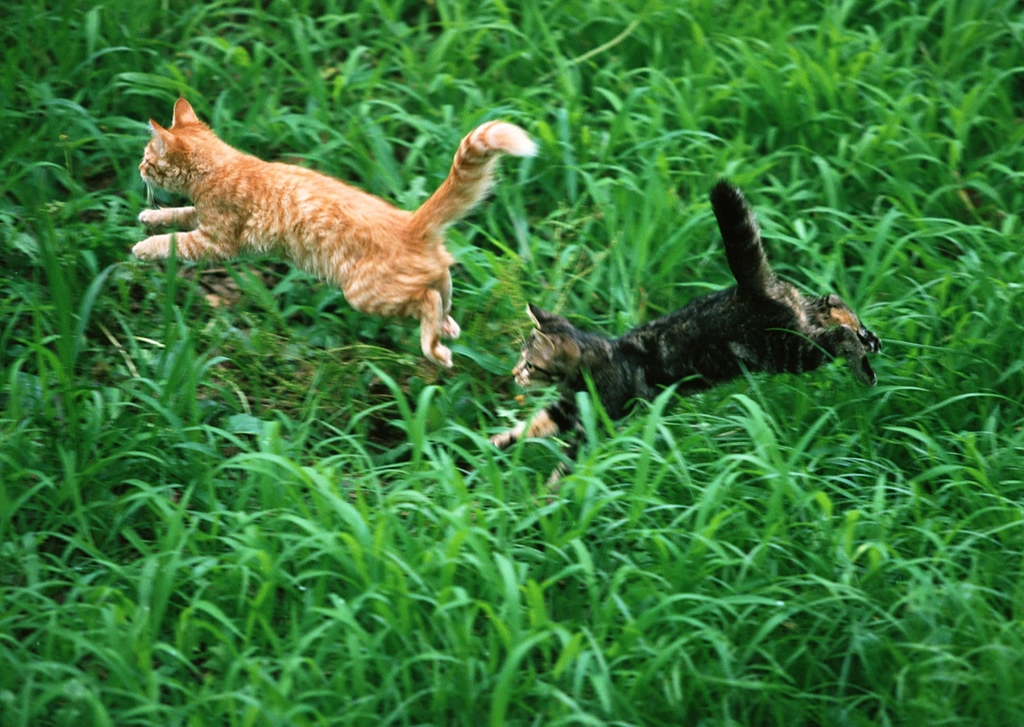Cats communicate with us in subtle and fascinating ways. While they may not speak our language, their behaviors reveal a complex system of feline communication that evolved over thousands of years. Understanding these behaviors can help strengthen the bond between cats and their human companions while also ensuring their needs are being met. From the slow blink of affection to the curious head-butting ritual, each behavior serves a specific purpose in a cat’s communication arsenal. This article explores 15 common cat behaviors and decodes their true meanings, helping cat owners better understand their mysterious feline friends.
15. The Slow Blink – A Kiss From Afar
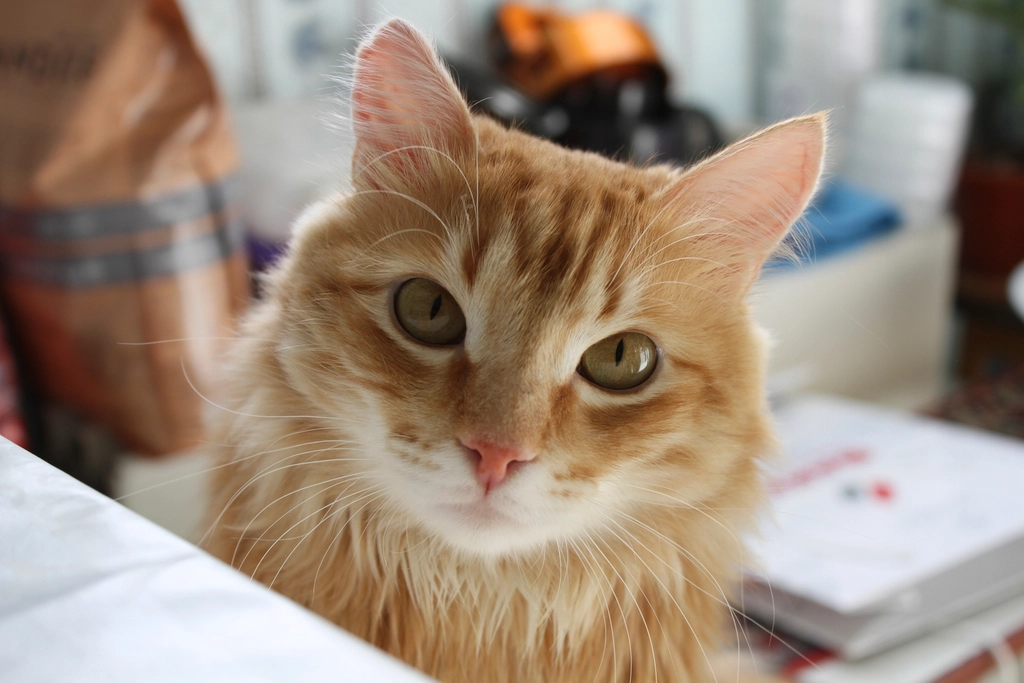
When your cat looks at you and slowly closes their eyes, they’re not just feeling sleepy—they’re expressing affection. Often called the “cat kiss,” this slow blink is a powerful sign of trust and contentment. In the wild, closing eyes in the presence of another creature represents ultimate vulnerability, as it temporarily impairs a cat’s ability to detect threats. When your cat offers you this gesture, they’re essentially saying they feel secure enough around you to let their guard down. Many behaviorists recommend mimicking this behavior back to your cat as a way to communicate your love in their language. Research conducted at the University of Sussex confirmed that cats are more likely to slow-blink at their humans after their humans slow-blink at them, suggesting this creates a positive form of communication between species.
14. Kneading Paws – Comfort from Kittenhood

That rhythmic pushing of paws against soft surfaces—often accompanied by purring and a blissful expression—is known as “kneading” or sometimes “making biscuits.” This behavior originates in kittenhood when nursing kittens knead their mother’s mammary glands to stimulate milk flow. When adult cats continue this behavior, they’re expressing contentment and comfort reminiscent of their earliest days. Kneading can also serve to mark territory, as cats have scent glands in their paw pads that release pheromones during this activity. The intensity and duration of kneading often correlate with a cat’s level of happiness—the more vigorous the kneading, the more pleased your cat likely feels. While occasionally uncomfortable when performed on human laps (those claws!), this behavior is ultimately a compliment, indicating your cat associates you with the security and comfort of maternal care.
13. Tail Positions and Movements – Mood Indicators

A cat’s tail serves as a barometer for their emotional state, with different positions and movements conveying distinct messages. A high, upright tail with a slight curl at the tip typically signals confidence and contentment—your cat is approaching you in a friendly, social mood. Conversely, a tail held low or tucked between the legs indicates fear or submission. A puffed-up tail resembling a bottle brush reveals that your cat feels threatened and is trying to appear larger to potential threats. Quick, rapid twitching or lashing of the tail often signals irritation or impending aggression—a warning sign that your cat needs space. Perhaps most charming is the question mark shape, where the tail stands upright with a curl at the top, typically indicating curiosity and playfulness. By observing these tail signals, attentive owners can gauge their cat’s comfort level in various situations and respond appropriately to their needs.
12. Head-Butting and Cheek Rubbing – Scent Marking

When your cat bumps their head against you or rubs their cheeks on your legs, furniture, or doorways, they’re engaging in a behavior called “bunting.” This affectionate gesture serves dual purposes. First, it’s a social greeting that demonstrates trust and friendliness. Second, and perhaps more importantly from the cat’s perspective, it’s a form of scent marking. Cats possess scent glands on their cheeks, forehead, chin, and the base of their tail, which release pheromones during rubbing. These invisible chemical signals mark you and your home as familiar, safe territory. When your cat head-butts you, they’re essentially labeling you as their property—a compliment in the feline world! In multi-cat households, you might notice cats bunting each other, which helps establish a shared colony scent that promotes group harmony. Far from random affection, this behavior represents your inclusion in your cat’s most trusted social circle.
11. Purring – Not Always a Sign of Happiness

That soothing, rhythmic rumble we associate with contented cats is one of their most misunderstood vocalizations. While purring often indicates pleasure, cats also purr when injured, frightened, or even while giving birth. This versatile sound serves as a self-soothing mechanism during stressful situations. Fascinatingly, the frequency of purring (between 25 and 150 Hertz) may have healing properties, promoting bone growth and tissue repair. This could explain why cats purr when recovering from injury. Mother cats also purr while nursing to communicate with their kittens, who are born deaf and blind but can feel the vibrations. The intensity and context of purring provide clues to its meaning—a loud purr accompanied by insistent meowing might be a “solicitation purr” designed to manipulate humans into providing food or attention. By considering the circumstances surrounding your cat’s purring, you can better discern whether it signifies contentment, self-comfort, or a specific request.
10. Gifting Dead Prey – A Misunderstood Honor

Finding a dead mouse or bird on your doorstep might seem like an unwelcome gift, but to your cat, it’s an offering of great significance. This behavior stems from a cat’s natural instinct as both a predator and a nurturer. In feral cat colonies, mother cats bring prey to their kittens not only for food but also as hunting lessons. When your well-fed domestic cat presents you with similar “gifts,” they’re treating you as part of their family group—either as a kitten who needs feeding or as a respected but incompetent hunter who needs assistance. Some behaviorists believe cats might also be responding to our reaction, interpreting our shocked response as enthusiasm that encourages future offerings. Notably, female cats tend to be more prolific gift-givers than males. While disturbing to many owners, this behavior represents your cat’s genuine attempt to contribute to the household in the way their instincts dictate. Acknowledging the offering (preferably without screaming) before discreetly disposing of it respects your cat’s natural behavior while maintaining household hygiene.
9. Chattering at Birds – Frustrated Hunting
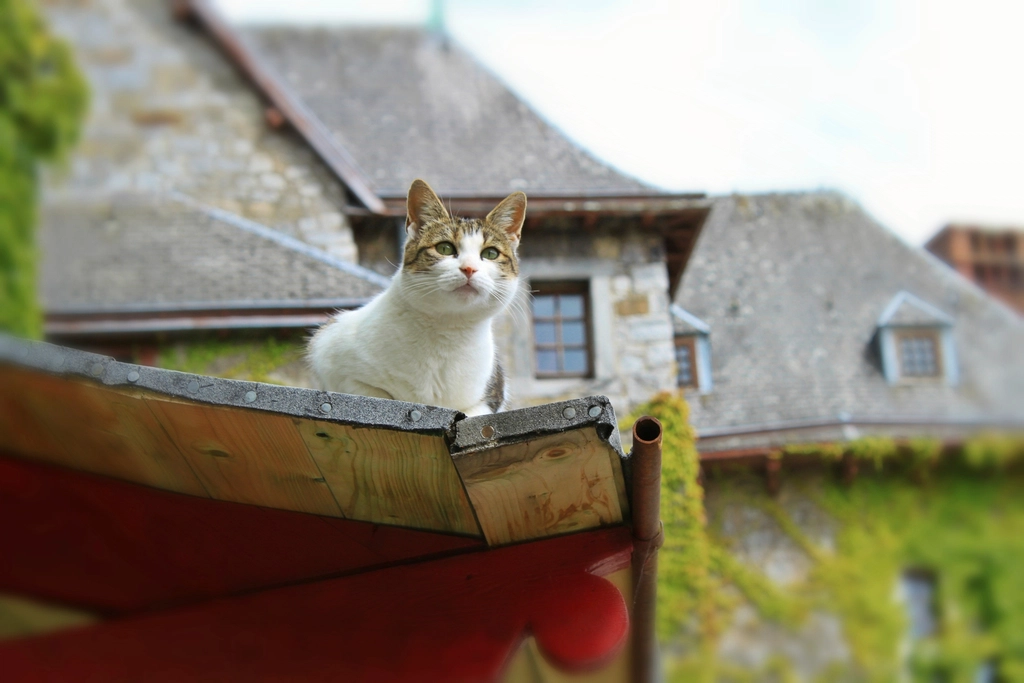
The distinctive chittering, chattering, or twittering sound cats make when watching prey—especially birds—through windows represents a fascinating intersection of predatory instinct and frustration. This behavior, characterized by rapid jaw movements accompanied by an unusual vocalization, has several theoretical explanations. One hypothesis suggests it’s a “killing bite” reflex—the automatic jaw movement a cat would use to break prey’s neck—triggered by visual stimulation but unable to be completed. Another theory proposes it’s a manifestation of excitement and frustration at being unable to reach desired prey. Some ethologists even suggest it might be an attempt to mimic bird calls to lure prey closer, though evidence for this remains limited. What’s clear is that chattering represents intense predatory focus and the activation of hunting instincts. This behavior offers a window into your cat’s evolutionary past as an efficient predator, even if your particular feline has never hunted anything more challenging than a catnip mouse.
8. Scratching Furniture – More Than Destructive Behavior

While scratching may be one of the most frustrating cat behaviors for homeowners, it serves several essential purposes in feline life. Physically, scratching helps cats maintain claw health by removing the outer sheath of the nail and exercising the muscles of their feet and front limbs. But the behavior’s significance extends beyond physical maintenance. Scratching deposits both visible marks and invisible scent markers from glands in the paws, creating territorial signposts that communicate a cat’s presence to other animals. Vertical scratching, particularly in prominent locations like doorways or furniture corners, maximizes the visibility of these territorial claims. Cats also scratch as a form of emotional expression—often engaging in vigorous scratching after waking from naps, during play, or when excited. Rather than trying to eliminate this natural behavior, successful cat owners redirect it to appropriate surfaces like scratching posts positioned near preferred scratching locations. The height, stability, and texture of scratching surfaces significantly influence their appeal to cats, with many preferring rough-textured, stable posts tall enough to allow full body stretching.
7. Zooming Around at Night – The “Midnight Crazies”
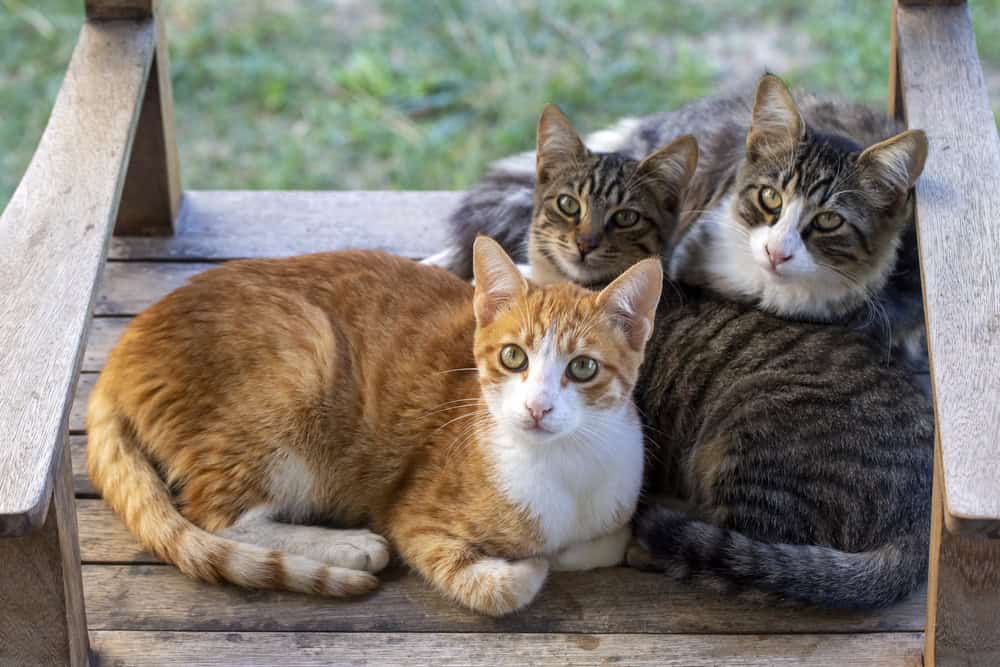
Those sudden bursts of frenetic energy—racing through the house, leaping over furniture, and engaging in acrobatic maneuvers seemingly out of nowhere—are colloquially known as the “zoomies” or “midnight crazies.” This behavior, technically called Frenetic Random Activity Periods (FRAPs), typically occurs during dawn and dusk hours, aligning with cats’ natural crepuscular hunting patterns. Domesticated cats, especially indoor-only pets, may accumulate excess energy throughout periods of inactivity, releasing it in these intense bursts. Environmental factors can trigger zoomies, including post-litter box use (a vestigial instinct to escape predators who might detect waste odor), emerging from sleep, or simply having pent-up energy from insufficient daytime stimulation. While occasionally startling, zoomies are completely normal and healthy expressions of natural feline behavior. Providing structured play sessions before bedtime can help channel this energy more constructively, potentially reducing nighttime disturbances. Far from concerning, these episodes demonstrate that your cat maintains their natural instincts despite domestication.
6. Exposing Their Belly – A Misleading Invitation

Few feline behaviors create more confusion than the belly display. When a cat rolls over and exposes their underside, many humans interpret this as an invitation for a belly rub—often resulting in scratches and bites that seem like a betrayal. In reality, a cat’s exposed belly rarely constitutes an invitation for touch. Unlike dogs, who genuinely enjoy stomach scratches, cats expose their bellies primarily as a sign of trust and relaxation. The stomach area houses vital organs and represents a vulnerable area; exposing it indicates a cat feels secure enough in their environment to display vulnerability. However, most cats retain protective instincts about this sensitive region. When touched there, they often activate defensive reflexes, including the “grab-and-kick” response with their hind legs. Some exceptionally trusting cats do enjoy gentle belly contact, but these individuals are the exception rather than the rule. Instead of reaching for the belly, most cats prefer chin scratches, cheek rubs, or back strokes—areas where they can more easily control the interaction.
5. Sitting in Boxes and Small Spaces – Security Seeking
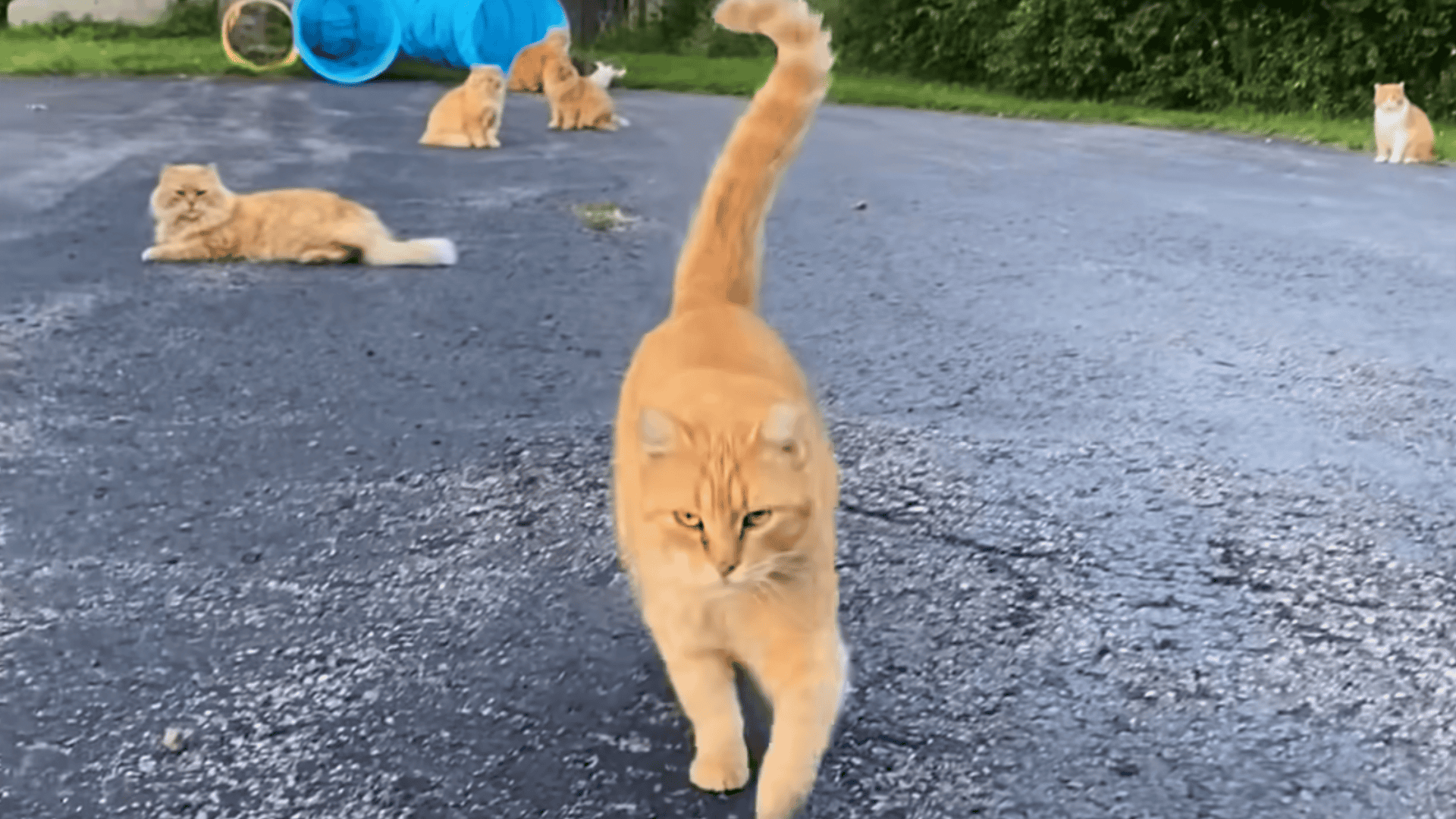
The internet abounds with images of cats squeezing into improbably small containers, from shipping boxes to bathroom sinks. This seemingly quirky preference for enclosed spaces stems from deeply rooted evolutionary adaptations. In the wild, small, confined spaces offer protection from predators and potential ambush positions for hunting. The physical pressure of a snug space also triggers a calming response similar to swaddling in human infants. A 2014 study from the University of Utrecht found that shelter cats provided with boxes showed significantly reduced stress levels and adapted to new environments more quickly than those without boxes. The temperature regulation hypothesis offers another explanation—cats maintain a higher baseline body temperature than humans (101.5°F compared to our 98.6°F) and enclosed spaces help conserve body heat. Whether it’s a cardboard box, a laundry basket, or that expensive cat bed you’ve finally purchased, cats gravitate toward spaces that make them feel physically and psychologically secure. This behavior is so instinctual that even big cats in sanctuaries show preferences for boxes when offered them.
4. Knocking Things Off Surfaces – Testing Gravity or Seeking Attention

The deliberate pawing of objects until they tumble from shelves and tables ranks among the most perplexing and occasionally infuriating cat behaviors. Despite appearances, your cat isn’t simply being destructive—this behavior stems from several natural instincts. Cats are natural hunters with paws exquisitely designed for testing and manipulating objects. In the wild, determining whether something is alive (potential prey) or inanimate involves tentative touching and movement assessment. Domestic cats retain this investigative instinct, essentially conducting physics experiments with your belongings. The movement and sound of falling objects provide valuable sensory feedback and environmental enrichment. There’s also a significant attention-getting component to this behavior—cats quickly learn that knocking items over reliably generates an immediate human response, whether that’s amusement or scolding. Some behaviorists suggest that cats who repeatedly engage in this behavior, particularly while making eye contact with their owners, might be under-stimulated and seeking interaction. Creating alternative outlets for their natural curiosity and ensuring regular, structured play sessions can help redirect this behavior away from your breakables.
3. Blinking and Narrowing Eyes – Pain or Pleasure Signals

While the slow blink communicates trust and affection, other eye movements and positions reveal different aspects of feline emotional states. Half-closed eyes in a relaxed cat typically indicate contentment and security—similar to how humans might look when deeply relaxed or about to fall asleep. However, similarly narrowed eyes in a tense body posture may indicate pain or discomfort, as cats instinctively protect their eyes when feeling vulnerable. Dilated pupils can signal excitement or fear, depending on the context and accompanying body language. Conversely, very constricted pupils (unless in bright light) might indicate aggression or intense focus. One particularly telling eye behavior is the “airplane ears” position—ears flattened alongside narrowed eyes—which strongly signals fear or aggression. Understanding these subtle differences requires observing the whole cat, not just isolated features. Changes in typical eye behavior patterns, particularly prolonged squinting or visible third eyelids, warrant veterinary attention as they often indicate underlying health issues. By becoming attuned to your cat’s usual eye expressions, you can better distinguish between contentment signals and potential pain indicators.
2. Meowing – Communication Specifically for Humans
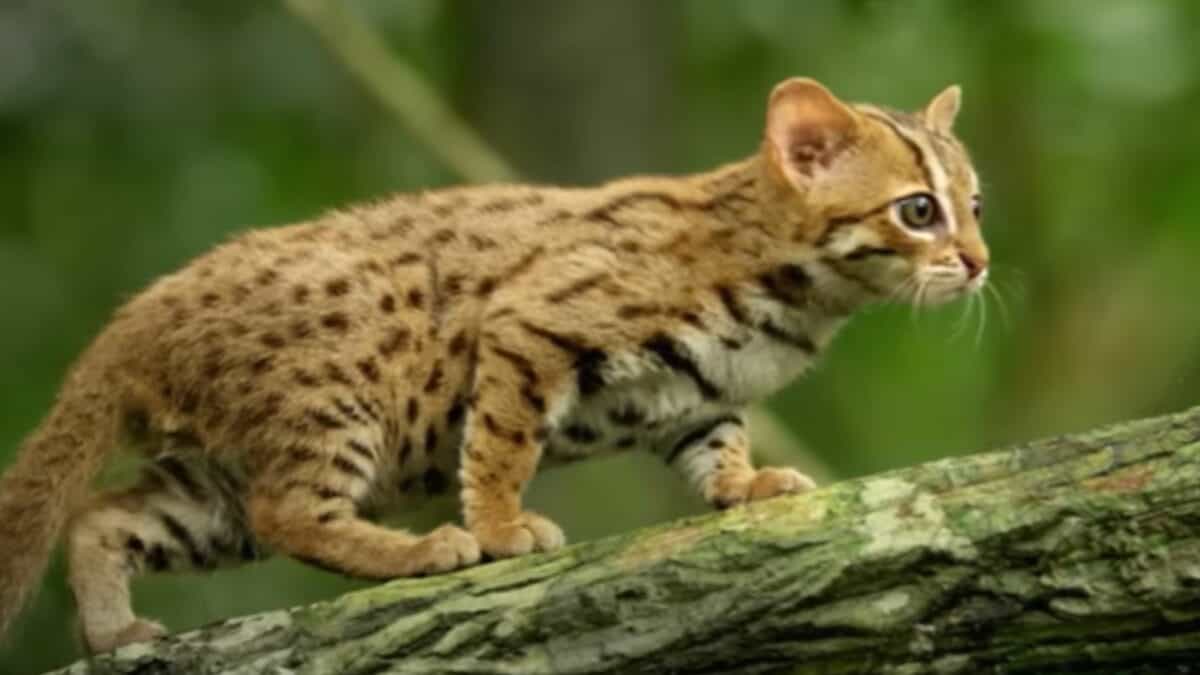
Perhaps surprisingly, adult cats rarely meow at each other in nature—this vocalization is primarily reserved for human-cat communication. Kittens meow to their mothers, but as cats mature, they typically communicate with other felines through body language, scent marking, and other vocalizations like growls, hisses, or yowls. The meow we hear from adult domestic cats represents a remarkable evolutionary adaptation: cats have effectively “invented” a vocalization specifically to communicate with humans. Through generations of domestication, cats learned that humans respond to auditory cues and developed a range of meows that effectively manipulate human behavior. Different meows serve distinct purposes—short, chirp-like meows often function as greetings, while prolonged, lower-pitched meows may indicate complaints or demands. The pitch, duration, and repetition frequency provide clues to the message’s urgency. Interestingly, each cat develops a unique “language” with their human companions; studies show people can accurately identify their own cat’s meows among recordings of multiple cats. Some breeds, like Siamese, are notably more vocal than others, suggesting genetic components to this behavior.
1. Bringing Toys to Bed at Night – Nocturnal Gifting

Many cat owners report waking to find toys, socks, or other household items deposited on or near their beds during the night. This endearing behavior combines several instinctual drives. For many cats, it represents a form of gift-giving similar to prey presentation, except using acceptable substitutes. It can also reflect the cat’s desire to engage in play with their human companion during hours when the cat is naturally more active. Some behaviorists believe this behavior has strong social bonding elements—by bringing objects to your sleeping area, cats are essentially contributing resources to the “nest” and reinforcing social connections. Female cats may exhibit this behavior more frequently due to maternal instincts. The specific items chosen often have significance—they typically carry the owner’s scent or represent objects the cat has observed their human using frequently. While occasionally inconvenient (especially when involving damp socks or bath toys), this midnight delivery service represents your cat’s attempt to share and participate in what they perceive as communal living space. Far from random, these offerings reflect thoughtful—albeit feline—consideration.
Conclusion:
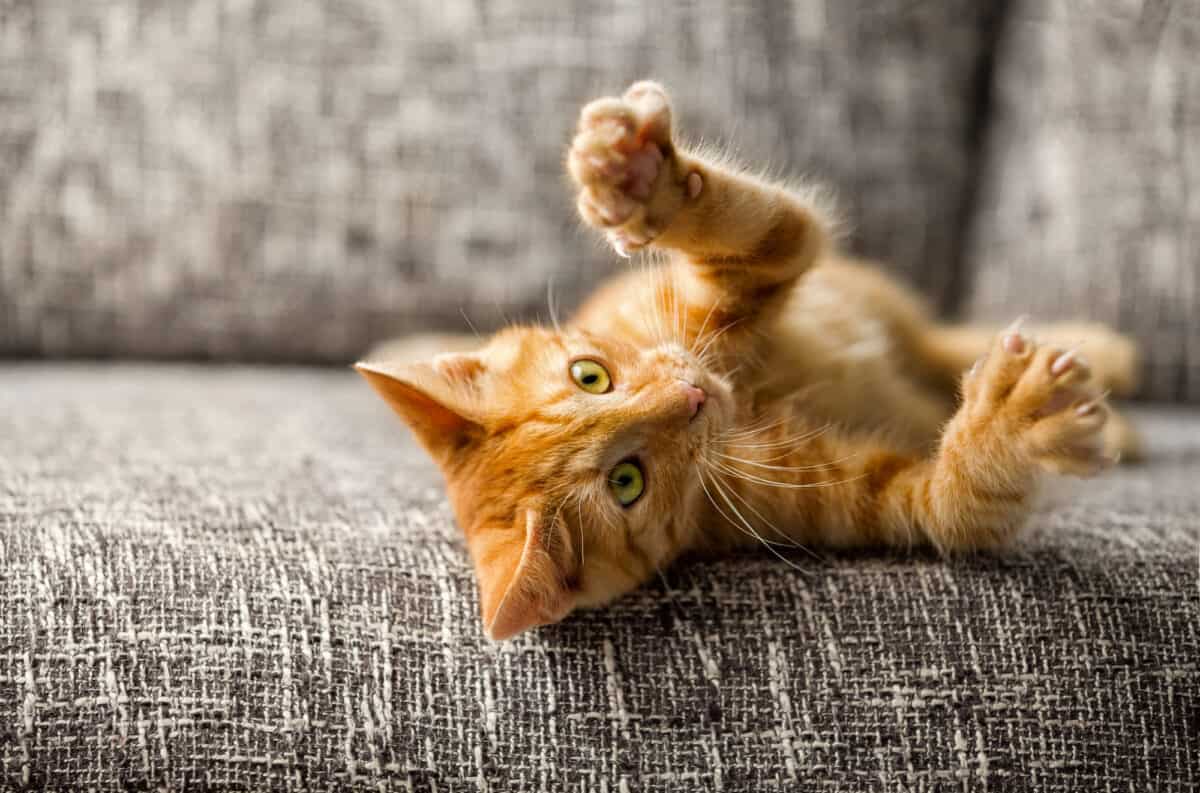
In conclusion, the nuanced and instinctual behaviors of cats reveal a rich and complex system of communication that often goes unnoticed by the untrained eye. From subtle gestures like the slow blink to more conspicuous actions such as toy gifting or zoomies, every behavior serves a purpose deeply rooted in feline evolution and social dynamics. By learning to interpret these signals, cat owners can foster deeper bonds with their pets, respond more appropriately to their needs, and gain a greater appreciation for the intelligence and emotional depth of these often misunderstood companions. Ultimately, understanding how cats communicate not only enhances the human-animal relationship but also enriches the lives of both species.
- 15 Cat Behaviors That Actually Have a Meaning - August 12, 2025
- 13 Dog Breeds That Need a Job to Be Happy - August 12, 2025
- The Most Lightning Prone Places on Earth - August 12, 2025

